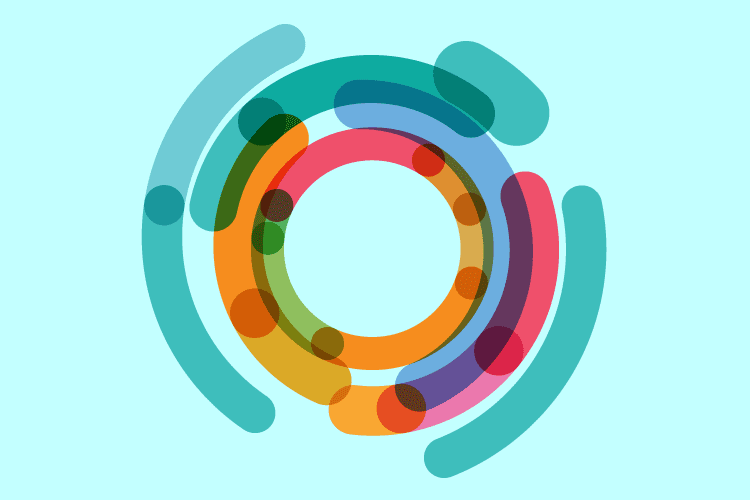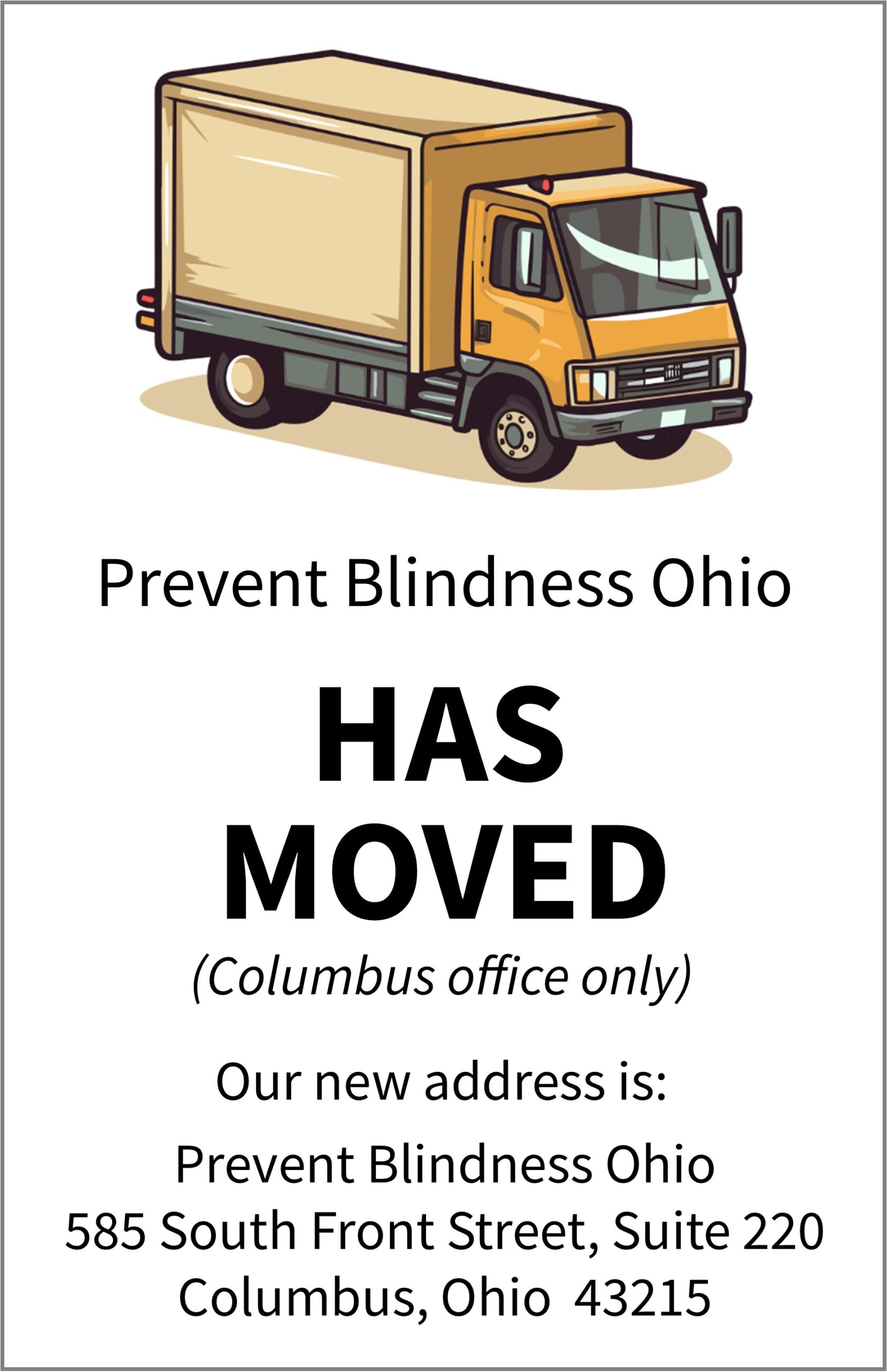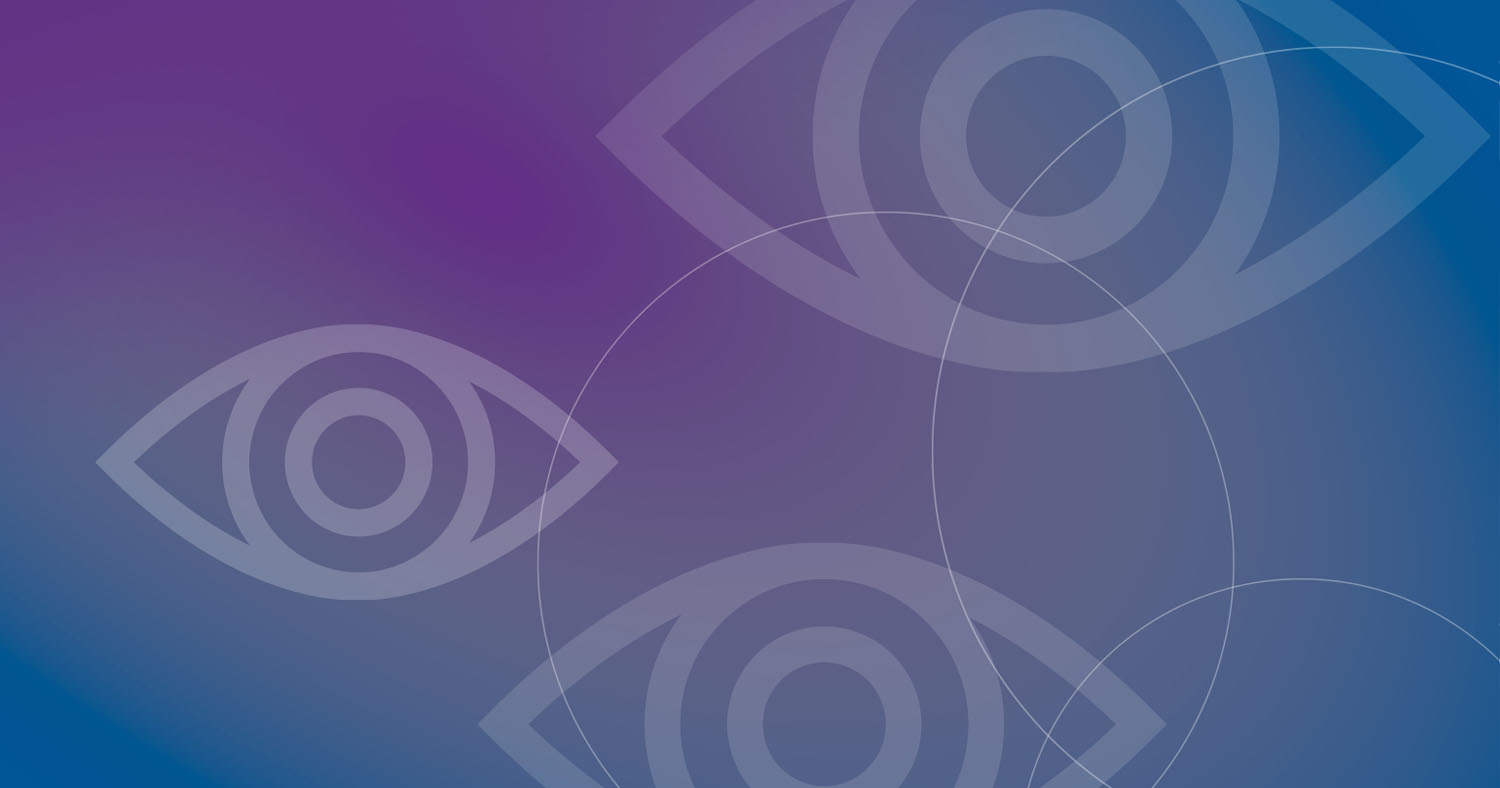Eyecare providers, including myself, tend to focus on finding, or not missing, disease in our day-to-day practice. Even when we provide comprehensive eye care and the results are “normal,” our discussion so often centers around the conditions we did not find—glaucoma, macular degeneration, diabetic retinopathy. As a patient, we have the same expectation and hope the doctor tells us we have a “clean bill of health” and no disease, but often the discussion stops there.
How come we so rarely discuss wellness or prevention when it comes to the eyes? There are many aspects of our lives where we practice prevention—we get our cars serviced at regular intervals, we wear sunscreen, we floss (mostly) and brush our teeth, we take our pets to the vet for routine visits. Some of us even buy “backups” of common household items to avoid running out (you know who you are). As a patient and as a clinician, prevention seems a lofty goal, yet one that we should strive to achieve.
For example, how many dry eye sufferers out there could be helped if we had a prevention plan?
In public health terms, primary prevention is prevention of disease before it occurs, and secondary prevention is early detection and management. The US health care system, for the most part, is built around secondary, and even tertiary prevention/ rehabilitation—often with excessive cost and burden to everyone involved. Perhaps we need to stop to think about wellness, and the maintenance of wellness in ourselves—physical and mental.
I encourage everyone to take steps today to protect their vision health for the future. Fortunately, an eye exam can help detect vision problems, and other health issues, before symptoms occur. The earlier we can treat eye problems, the better chance we have at saving vision and maintaining quality of life. I hope you will take the initiative to today to make your vision a priority make an appointment for an eye exam.
Kelly Nichols, OD, MPH, PhD, FAAO



